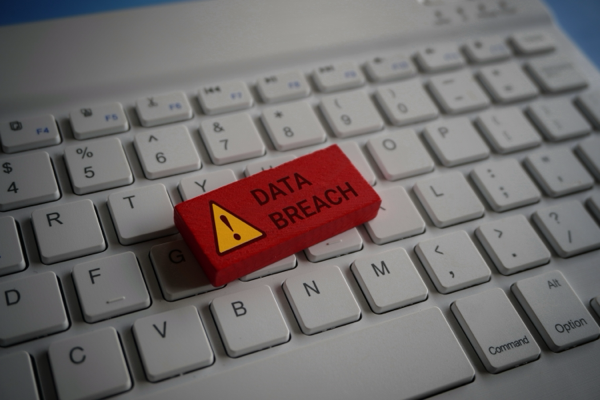In our increasingly digital world, the need to preserve data for the long term has never been more critical. Whether it’s personal memories, business records, or cultural artifacts, ensuring that digital information remains accessible and intact over decades—or even centuries—poses significant challenges. This blog post explores the reliability of various digital storage methods for long-term archiving and offers best practices to safeguard your valuable data.
Understanding Digital Storage Options
Before delving into reliability, it’s essential to understand the primary types of digital storage available:
1. Hard Disk Drives (HDDs): Traditional spinning disks that offer large storage capacities at relatively low costs. However, they are susceptible to mechanical failures and data degradation over time.
2. Solid State Drives (SSDs): Faster and more durable than HDDs since they have no moving parts. Yet, SSDs can suffer from data loss if left unpowered for extended periods.
3. Magnetic Tapes: Often used for enterprise-level backups, magnetic tapes are cost-effective for large volumes of data but require specific hardware for access and maintenance.
4. Optical Discs (e.g., CDs, DVDs, Blu-rays): Useful for storing data that doesn’t need frequent access. Their longevity varies, with some discs lasting up to 100 years under optimal conditions.
5. Cloud Storage: Offers scalability and accessibility from anywhere with an internet connection. However, long-term reliability depends on the service provider’s stability and data management practices.
Factors Affecting Long-Term Reliability
Several factors influence the reliability of digital storage for archiving purposes:
•Media Degradation: All physical storage media degrade over time. For instance, HDDs can experience mechanical wear, while optical discs may suffer from disc rot.
•Data Corruption: Bit rot and other forms of data corruption can silently alter stored information, making it unreadable or inaccurate.
•Technological Obsolescence: As technology evolves, older storage formats may become unsupported, making data retrieval challenging without proper migration strategies.
•Environmental Conditions: Temperature, humidity, and exposure to magnetic fields or sunlight can accelerate the deterioration of storage media.
Best Practices for Long-Term Digital Archiving
To enhance the reliability of digital storage for long-term archiving, consider implementing the following best practices:
1. Redundancy and Multiple Copies: Store multiple copies of your data across different media types and physical locations to mitigate the risk of loss from hardware failure or disasters.
2. Regular Data Integrity Checks: Periodically verify the integrity of your data using checksums or other validation methods to detect and address corruption early.
3. Migration to New Media: As storage technologies advance, migrate your data to newer media to avoid obsolescence and take advantage of improved reliability features.
4. Use of Open Standards and Formats: Opt for widely supported and open file formats to ensure future accessibility, regardless of changes in software or hardware.
5. Cold Storage Solutions: For data that doesn’t require frequent access, cold storage options like offline hard drives or archival-quality optical discs can reduce the risk of data loss.
Evaluating Storage Solutions: Pros and Cons
•HDDs:
•Pros: High capacity, cost-effective.
•Cons: Mechanical parts can fail, sensitive to physical shocks.
•SSDs:
•Pros: Faster access speeds, more durable.
•Cons: Higher cost per gigabyte, potential data loss if unpowered.
•Magnetic Tapes:
•Pros: Excellent for large-scale storage, long shelf life.
•Cons: Requires specialized equipment, slower data retrieval.
•Optical Discs:
•Pros: Resistant to magnetic fields, relatively long lifespan.
•Cons: Limited storage capacity, susceptible to physical damage.
•Cloud Storage:
•Pros: Accessible from anywhere, scalable.
•Cons: Dependent on internet access and provider’s longevity, potential security concerns.
The Future of Digital Archiving
Advancements in storage technology continue to emerge, promising improved reliability and capacity. Innovations like DNA-based storage and holographic storage are being researched for their potential to revolutionize long-term data preservation. Additionally, increasing emphasis on data management strategies and standards will play a crucial role in enhancing the reliability of digital archiving practices.
Conclusion
While no digital storage medium is entirely immune to the challenges of long-term archiving, a combination of thoughtful storage choices and proactive management can significantly enhance reliability. By understanding the strengths and limitations of each storage option and adhering to best practices, you can ensure that your valuable data remains accessible and intact for generations to come.
Key Takeaways:
•Diversify Your Storage Media: Relying on multiple types of storage can mitigate the risks associated with any single medium.
•Regular Maintenance: Periodically check and update your storage solutions to prevent data loss from degradation or obsolescence.
•Adopt Robust Formats: Use open and widely supported file formats to ensure future accessibility.
•Plan for the Future: Stay informed about emerging storage technologies and be prepared to migrate your data as needed.
By taking these steps, you can navigate the complexities of long-term digital archiving and safeguard your data against the uncertainties of the future.






